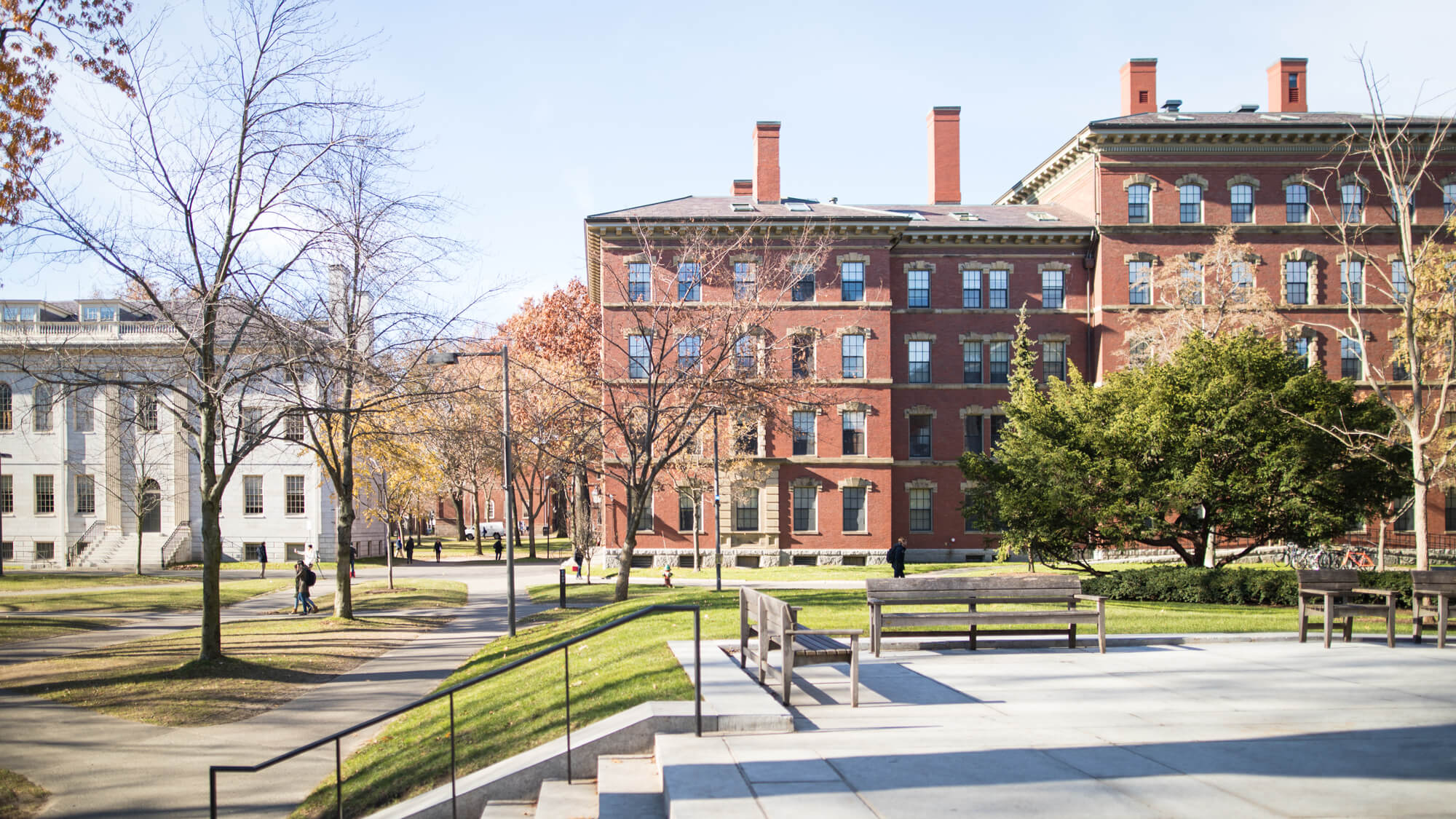At A Glance
Picture an ideal Northern California university, what does it have to offer? What has it produced? Think Silicon Valley. Think Google, Hewlitt Packard, and Yahoo. Think Olympic Medal winners. Now open your eyes. Welcome to Stanford.
Important Dates
Restrictive Early Action
11/01/2023
Round 2
01/05/2024
Admissions
Average SAT
1450-1590
Average ACT
31-34
Acceptance Rate
5%
School Details
Location
Stanford, CA
United States
Admissionado Ranking
Very High
Employment Info
Admissionado Grade
A-Mean Salary
$144,750
Salary Increase
116%
Employment Rate
76.90%
Top recruiters
BCG, Fidelity, JP Morgan, McKinsey, UBS
Essay Analysis
What are schools really looking for in their prompts? We break it down with non-generic, non Chat-GPT-level, non-“basic” insights.
Learn MoreTrajectory Calculator
Compare your profile with others for a quick gauge of how you stack up today. But our tool goes a step further and peers into the future...
Learn More

